How Much Money Does An ATM Hold?
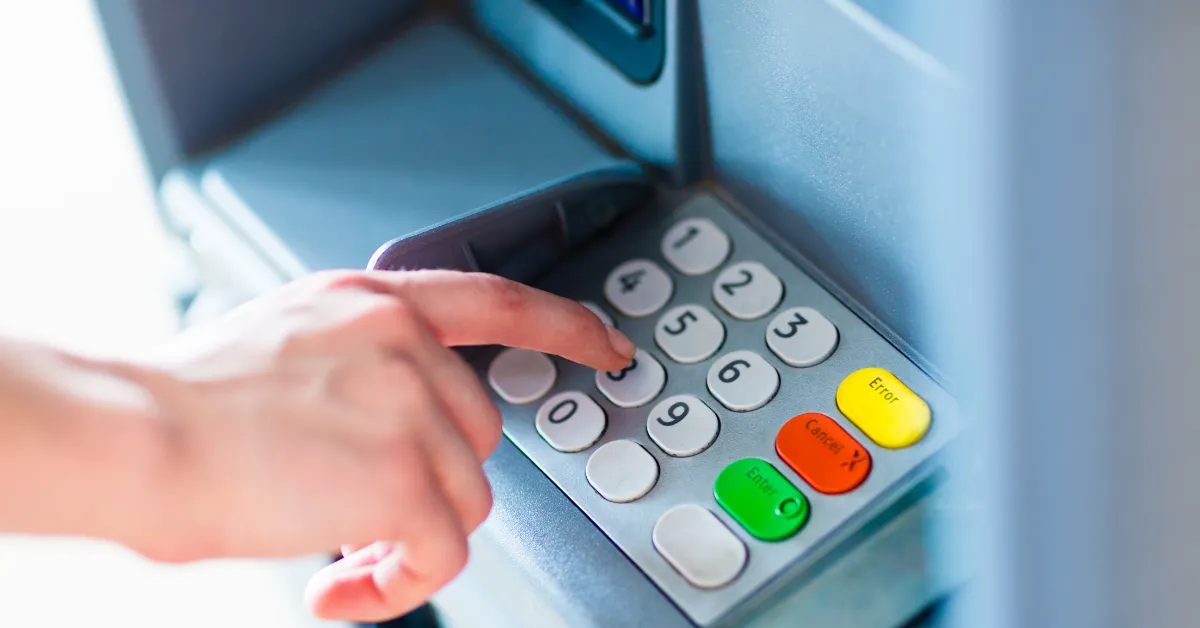
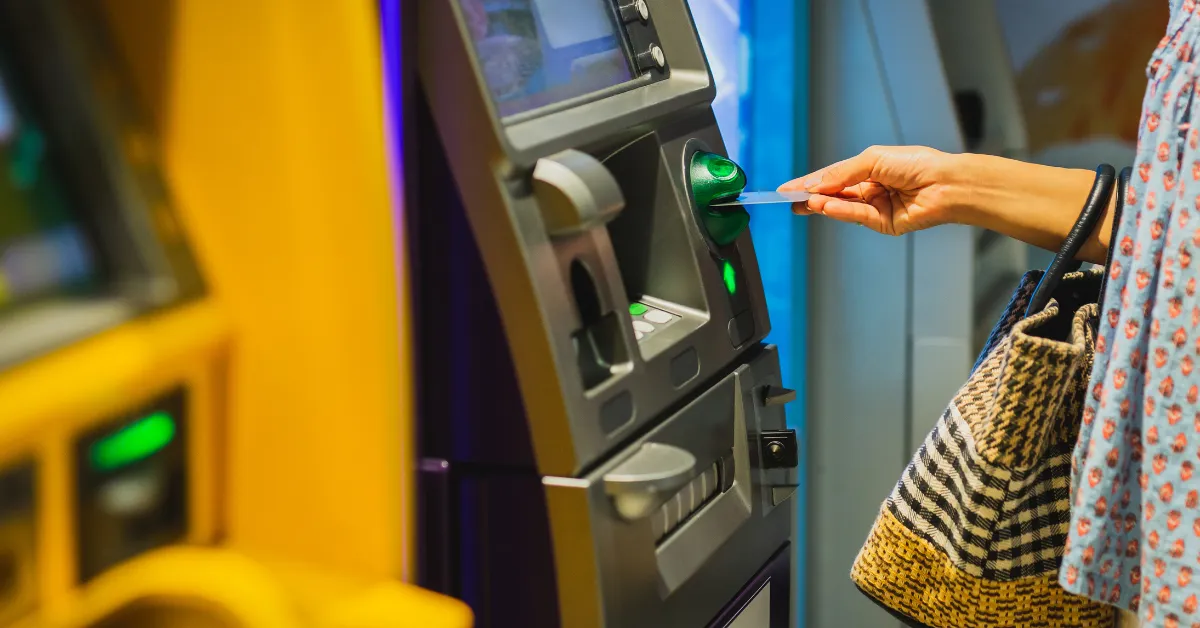
An Automated Teller Machine (ATM) is often taken for granted—slotted into walls, blinking silently, always expected to deliver crisp bills on demand. But one detail often ignored is just how much money does an ATM hold at any given time. “How much money does an ATM hold?” isn’t as simple as naming a dollar figure. It depends—on location, machine type, internal layout, and cash denomination. This article avoids the fluff and focuses directly on the mechanics, limits, and exceptions surrounding the actual physical money does an ATM hold.
Varied ATM Capacities: What You Need to Know?
Let’s clear this up: there is no single answer to how much money does an ATM hold. Machines are built for contexts. A corner store’s ATM and one sitting in an international airport serve different purposes and carry different sums.
Small retail ATMs – These are the common standalone units in gas stations or small shops. They often have only one or two cassettes, each holding up to 1,000 notes. If loaded with $20 bills, that’s $20,000 at maximum. They’re modest, self-contained, and often represent the lower end of how much money does an ATM hold.
Bank branch or high-traffic ATMs – Designed for volume. They can have up to four cassettes, each accommodating up to 2,000 notes. Fully stocked with $100 bills, they could theoretically hold $800,000. In practice, though, many don’t carry only $100s due to withdrawal habits and risk factors. This again highlights how the amount of money does an ATM hold can vary greatly depending on use case.
What Actually Limits an ATM’s Cash Capacity?
Here’s where the numbers become nuanced. The limiting factors are not always mechanical. These machines can hold large sums, but operators make judgment calls based on:
- Risk Management – High-value ATMs become more attractive to criminals. Some operators limit the amount of cash to reduce loss in case of theft.
- Withdrawal Patterns – Machines serving people who withdraw small sums are unlikely to be stocked with $100 bills. You don’t load up on bills that won’t move.
- Location Logistics – Machines in remote or hard-to-service areas might be filled to capacity for longer operating times. Urban ATMs are refilled more frequently, so they don’t need to carry their maximum load.
All these considerations influence the actual money does an ATM hold at any given time.
The Role of Denominations?
Think of the cash in an ATM as storage, not just value. One cassette holds a number of notes—not a dollar amount. That’s crucial.
- $20 bills: 4,000 notes = $80,000
- $50 bills: 4,000 notes = $200,000
- $100 bills: 4,000 notes = $400,000
Mixing denominations isn’t just about customer preference; it’s about space management. Some ATMs include a mix to accommodate various needs, reducing the chance of one denomination running out. This mix directly influences how much money does an ATM hold and how long it can serve customers efficiently.
ATM Functionality: Balancing Storage and Cash Dispensation?
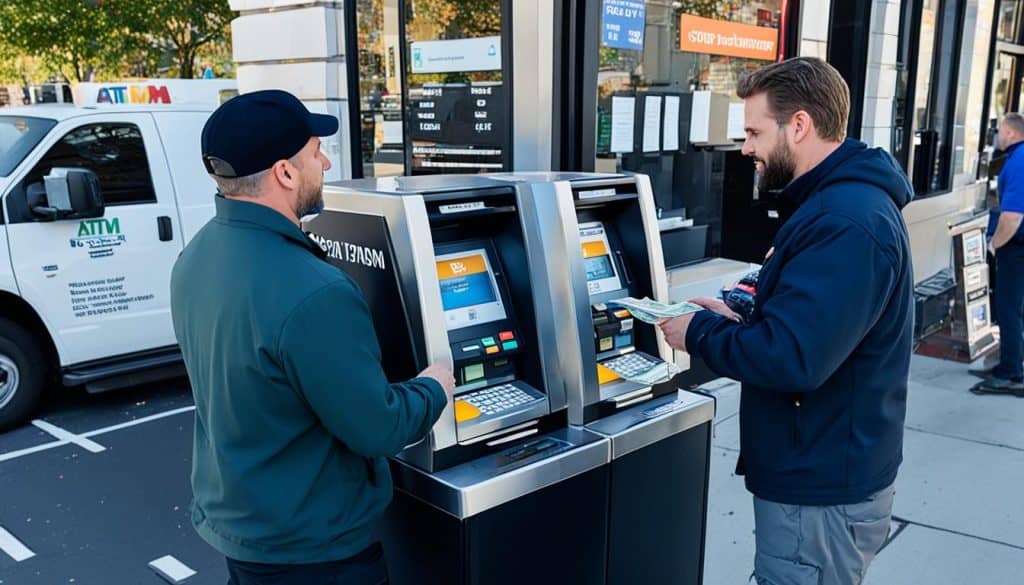
ATM Functionality- Source- Globalind
Another overlooked point: an ATM’s ability to dispense affects what it holds. A machine must be programmed to release specific denominations, which also determines how much money does an ATM hold in a usable form. That limits how mixed the cassettes can be. If a machine is set to offer only $20s and $100s, then its cassettes reflect that—there’s no point loading $10s.
Dispensing rules also affect how quickly an ATM needs to be restocked. For example, a casino ATM giving out $100 bills in rapid succession will hit its refill threshold quicker than a pharmacy ATM giving $20s to occasional users. That discrepancy adds another layer of complexity to how much money does an ATM hold and how fast it depletes.
What’s the Real Cash Capacity of an ATM?
The actual range of how much money does an ATM hold daily can span from a few thousand dollars to over half a million. A compact unit in a quiet town might hold $2,000, while an airport ATM could be managing over $600,000, especially during peak travel seasons.
But even these high-capacity machines are rarely filled to the brim. Operators intentionally leave buffer space—both for operational safety and to reduce overstock.
Why ATM Refill Schedules Are Crucial?
Refilling frequency plays directly into how much money does an ATM hold. A machine restocked daily never needs to be filled to capacity. But machines refilled once a week or in remote locations often require more upfront loading.
- Urban ATMs: Daily or every other day
- Suburban ATMs: Every few days
- Remote/Rural ATMs: Weekly or bi-weekly
This directly impacts the real-world answer to how much money does an ATM hold versus what it could hold.
Is There a Legal or Regulatory Limit?
Surprisingly, no strict legal maximum exists for how much money does an ATM hold. Limits are governed by insurance policies, operational risk, and internal protocols rather than law.
Some operators carry private insurance that caps the amount of liability per machine. Others reduce amounts during public events or unrest as a precaution. When it comes to how much money does an ATM hold, it’s less about regulation and more about calculated risk exposure.
Misconceptions: Bigger ATM ≠ More Cash
Don’t let size fool you. Some ATMs look large but serve multiple purposes like check deposits, coin counting, or multi-currency exchange. These functions take up internal space, reducing room for actual cash.
Also, ATMs near banks often aren’t stocked for quantity—they assume nearby tellers can help. Conversely, inconspicuous machines in 24-hour locations may be carrying more than expected to avoid outages. Again, appearances can be misleading when trying to estimate how much money does an ATM hold inside.
Security Measures for High-Cash ATMs
ATMs holding large volumes of cash—sometimes nearing a million dollars—do not rely on heavy metal alone for protection. Instead, a quiet architecture of layered safeguards works beneath the surface, most of it invisible to the average user. These measures are not static but constantly evolve in response to new threats.
Armored transport vehicles carrying refill cash are GPS-tracked, often with real-time route monitoring and contingency protocols. Drivers operate under dual-authentication systems—meaning no single individual can access the cash independently. Once at the ATM site, biometric locks may restrict access to authorized personnel, with fingerprint or retina scans replacing traditional keys or PINs.
Inside the machine, time-delay safes introduce a delay between authentication and cash access, minimizing the success of smash-and-grab attempts. Tamper detection systems can trigger silent alarms or automatically disable the machine. In many cases, ink-staining mechanisms destroy bills if unauthorized access is detected, rendering stolen money unusable. These measures directly protect how much money does an ATM hold from being vulnerable to theft.
Why You Can’t Always Withdraw Large Amounts Even if the ATM Has Cash
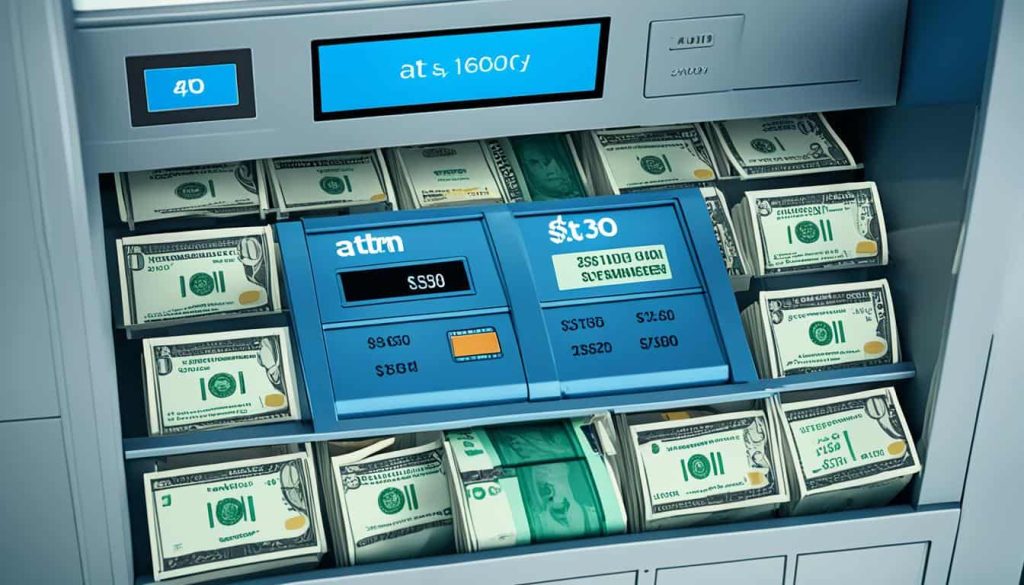
Source: Globalind
Just because an ATM physically holds a large sum of money doesn’t mean it’s available to any individual user. The perception that cash availability equals cash access is often misleading. There are several built-in restrictions—both technical and policy-based—that govern how much one can withdraw at any given time, regardless of the machine’s total cash reserves.
The most immediate limitation is the daily withdrawal limit imposed by the cardholder’s bank. These limits are set for security, liquidity management, and fraud prevention. A customer with a standard checking account might be restricted to withdrawing $300–$1,000 per day, even if the ATM has hundreds of thousands of dollars in it. This limit isn’t dictated by the machine but by the issuing bank’s internal settings.
Another layer comes from network-level restrictions. If the ATM belongs to a different bank or is privately operated (as is common in convenience stores), lower limits often apply—sometimes as low as $200 per transaction—due to interbank risk-sharing policies.
In some cases, the ATM operator (especially for standalone retail units) configures the machine with its own transaction caps. These are intended to spread the cash across more users between refill cycles. A high-volume weekend location, for instance, might limit withdrawals to prevent early depletion.
Lastly, there’s denomination limitation. If the ATM only dispenses $50 or $100 notes, and a user requests an unusual amount (say $380), the request might be declined—not for lack of funds, but due to the machine’s inability to fulfill it in available denominations.
The result is a strange contradiction: a machine might physically contain more than enough money does an ATM hold, but it cannot (or will not) release large sums to individual users. This separation between stored value and accessible value is by design—and often invisible to those standing at the keypad.
Conclusion: More Complicated Than a Number
An ATM is more than a steel box with cash. It’s part of a tightly managed system balancing convenience, logistics, risk, and usage. While most retail machines hover around the $20,000 mark, and larger ones may carry hundreds of thousands, the actual money does an ATM hold at any time is shaped by how it’s used, where it is, and what it’s designed to do.
The next time you hear the whirring inside an ATM, consider this: behind that noise is a quiet, calculated decision made by someone who likely didn’t fill it to the brim—not because they couldn’t, but because they didn’t nee
Read also :
FAQs
1.Is the cash inside an ATM traceable?
Yes, each bill inserted into an ATM’s cassette is logged and tracked through serial numbers and ATM software systems. This allows banks to monitor distribution and respond in the event of theft or malfunction.
2.Who decides how much money gets loaded into an ATM?
The loading amount is determined by cash management teams or armored transport services based on predictive modeling—factoring in past usage data, local events, and ATM traffic trends.
3.Are all ATM cassettes filled equally with cash?
Not necessarily. Some cassettes may be filled partially, while others remain full. This often depends on cash demand, denomination diversity, and strategic planning to minimize excess idle cash.
4.How do ATM denominations affect machine operation?
The denominations stocked affect withdrawal options, note quality handling, and transaction time. For instance, machines loaded with higher denominations may limit exact cash requests or affect how many notes are dispensed per transaction.
5.Are ATM refills recorded or audited?
Yes, each refill is documented through digital logs and physical reconciliation. Independent audits, often conducted periodically, verify that cash levels, withdrawal records, and inventory match up.






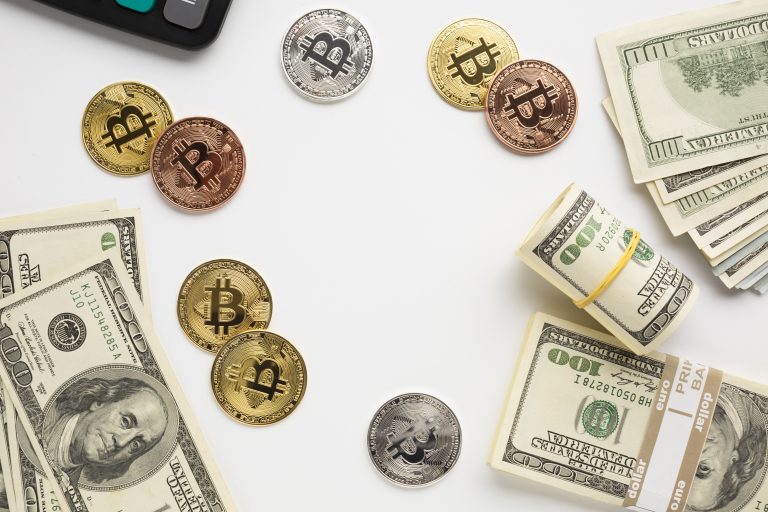
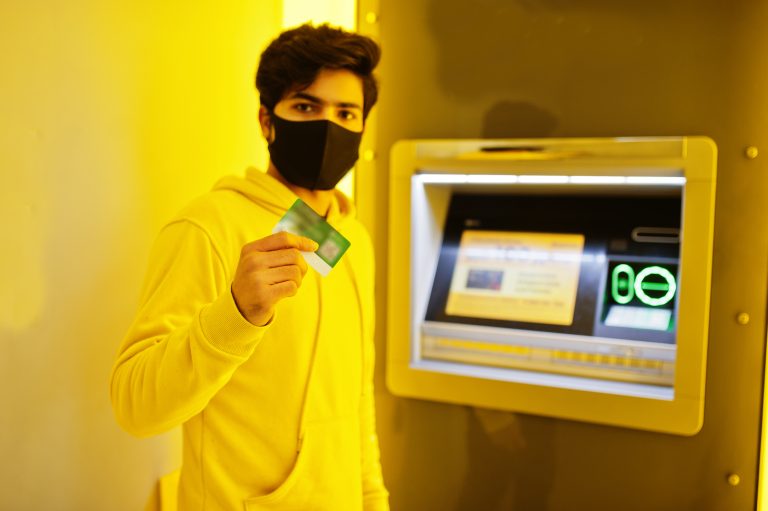



5 Comments